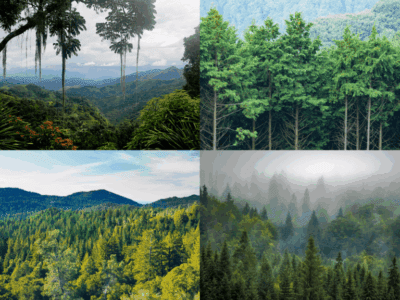New Jungles for Old?
The New York Times has an interesting article about the growth of new forests as poor people abandon farms and move to the cities in less developed countries. Carbon storage is complicated, so we don’t really know yet just how much effect this might have on climate. But it’s obviously a very interesting development.
As the Times reports:
Here, and in other tropical countries around the world, small holdings like Ms. Ortega de Wing’s – and much larger swaths of farmland – are reverting back to nature, as people abandon their land and move to the cities in search of better livings.
These new “secondary” forests are emerging in Latin America, Asia and other tropical regions at such a fast pace that the trend has set off a serious debate about whether saving primeval rain forest – an iconic environmental cause – may be less urgent than once thought. By one estimate, for every acre of rain forest cut down each year, more than 50 acres of new forest are growing in the tropics on land that was once farmed, logged or ravaged by natural disaster.
Even if these secondary forests provide offsets for the destruction of old-growth rain forests in terms of carbon, it’s not clear whether they will support the same kind of biodiversity.
There are also deeper questions. Just what is it that we want to preserve? What is it about rain forests that we value, and how important is it that the forest in question predate the influence of modern technological societies?







Reader Comments